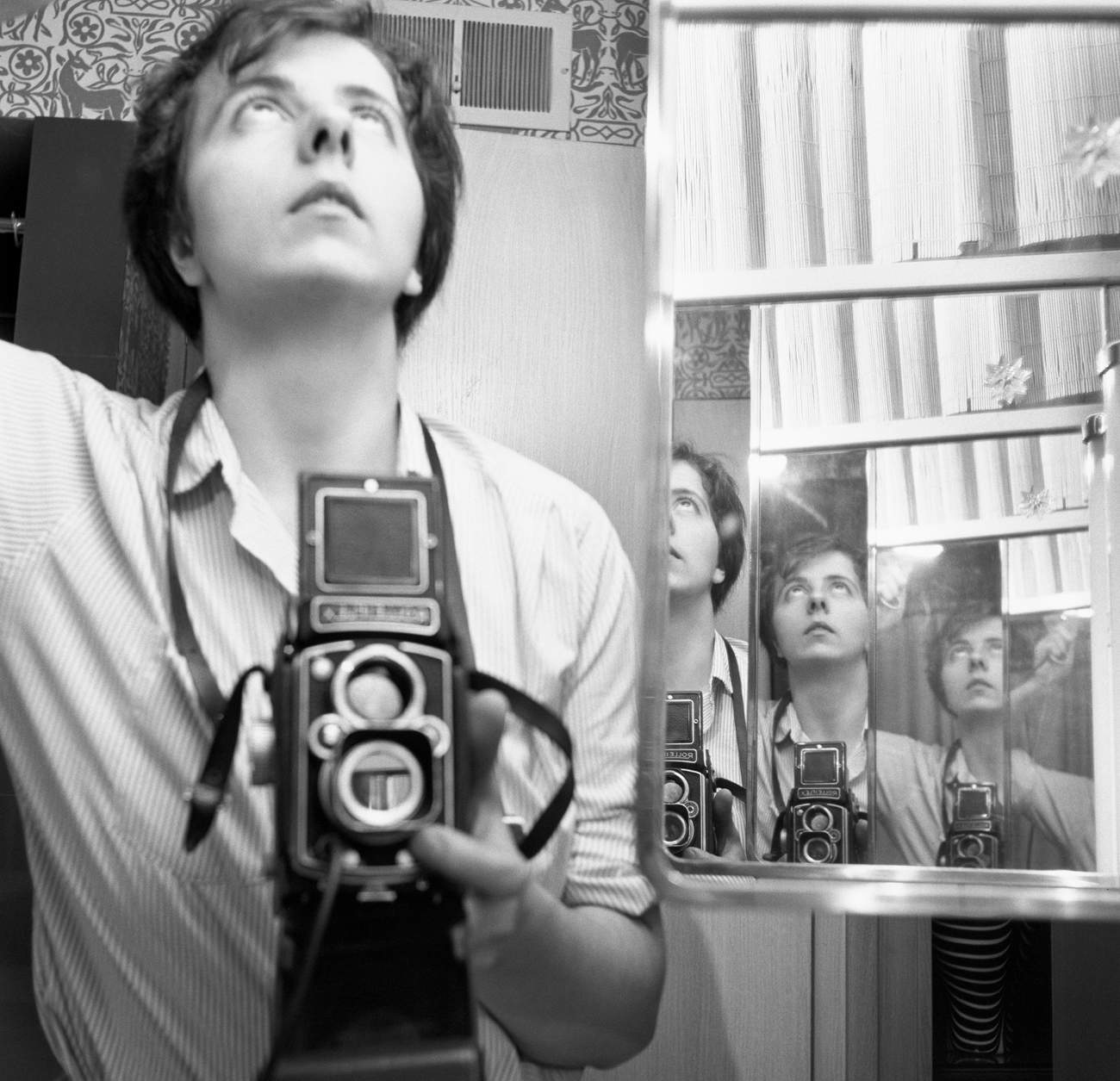From Oct. 17, 2024, to Jan. 26, 2025, the Villa Reale in Monza will host the exhibition Unseen, the Never Seen Photos of Vivian Maier, a retrospective dedicated to the nanny photographer rediscovered to be one of the pioneers and leading exponents of street photography. Organized by Vertigo Syndrome in collaboration with diChroma photography, the exhibition will feature 220 photographs divided into nine thematic sections, exploring the subjects and distinctive aspects of her style: from intense self-portraits to scenes of urban life, from portraits of children to images of people on the margins of society.
The selection includes black-and-white and color photographs, many of them rare and only recently exhibited to the public. The exhibition is also enriched with Super 8 film footage, contact specimens, audio with Vivian Maier’s voice, and various personal items, including her Rolleiflex and Leica cameras.
Some of the material on display is previously unpublished and is being presented for the first time thanks to curator Anne Morin to provide an in-depth view of Vivian Maier’s work. The exhibition will then be accompanied by a series of side events, including art workshops, lectures on the history of photography, children’s workshops and other initiatives related to the world of photography and imaging. Visitors will also be invited to explore a special room, specially designed by Vertigo Syndrome, which will offer an immersive experience entitled Being Vivian Maier, allowing them to virtually enter the photographer’s world and gain a deeper understanding of her artistic vision.
Through a series of thematic sections, a complex and fascinating portrait of the artist will be outlined, starting with the iconic core of her self-portraits. In these shots, Maier explores herself with an extraordinary creative and intuitive ability, capturing her image in reflections of mirrors, shadows and glass surfaces. Each photograph is not only an affirmation of her presence in a specific time and place, but also represents a dialogue with contemporary selfie culture, revealing the relevance of her visual language.
Continuing, the exhibition leads through the streets of New York and Chicago, where Maier loved to get lost among working-class neighborhoods, observing daily life and capturing with his lens the faces, expressions and emotions of a changing society. His keen and sincere gaze captures the beauty and depth of ordinary people, particularly women. In his exploration of postwar America, Maier focuses on those living on the margins of the American dream, portrayed with a spontaneity that precedes the moment when, realizing they are being observed, they might have lost their authenticity.
In the 1960s, Maier also approaches the language of film, alternating the use of her Rolleiflex camera with the Super 8 camera. She films the reality around her frontally, without artifice or editing, and captures the vibrant human texture of metropolitan spaces. This documentary approach further enriches her already vast photographic output, making each shot a piece of a larger mosaic that chronicles urban life in all its complexity.
Color, for Maier, is another powerful tool. His color images, made with a 35 mm Leica, lend dynamism and intensity to scenes of everyday life, particularly in the working-class neighborhoods of Chicago. Here, color becomes the “Blues” that enliven the city streets, in a color play that contrasts with the quiet depth of his black-and-white work.
Another central theme of the exhibition ischildhood, a subject dear to Maier, who for nearly four decades worked as a nanny. Her photographs of the children she cared for reveal an attentive and sensitive gaze, capable of capturing the most authentic and genuine essence of their lives. Faces, expressions, games and tears: each image is a vivid portrait of childhood, imbued with a rare emotional intensity.
Finally, the exhibition introduces the audience to a lesser-known side of Maier’s work: the abstract. In these photographs, reality dissolves into details so close up that they almost blur into the unreal. Objects and details are observed with such intensity that their outlines seem to vanish, creating poetic images that reflect Maier’s extraordinary ability to quickly compose photos full of small oddities and subtle visual games.
“It is in the heart of American society, in New York since 1951 and then in Chicago since 1956, that Vivian, meticulously observes the urban fabric that reflects the great social and political changes in its history. It is the time of the American dream and overexposed modernity, the behind-the-scenes of which constitutes the very essence of Vivian Maier’s work,” explains curator Anne Morin. “Vivian Maier, mystery, discovery and work-these three parts together are hard to separate.” The exhibition, as Morin states, “wants to focus on the artist’s work rather than her mystery, avoiding riding curiosity about her particular human and professional story, but instead helping to elevate Maier’s name to the level of the most famous street photographers by tackling the arduous task of examining her boundless and still largely unknown oeuvre.”
For info: https://vivianmaierunseen.com/
Hours: Wednesday, Thursday, Friday from 10 a.m. to 4 p.m.; Saturday, Sunday and holidays from 10:30 a.m. to 6:30 p.m. Closed Mondays and Tuesdays.
Image: Vivian Maier, Self-Portrait, Chicago, IL, 1956, Gelatin silver print, 2014 © Estate of Vivian Maier. Courtesy of Maloof Collection and Howard Greenberg Gallery, NY
 |
| Villa Reale in Monza showcases 220 photographs for major Vivian Maier retrospective |
Warning: the translation into English of the original Italian article was created using automatic tools. We undertake to review all articles, but we do not guarantee the total absence of inaccuracies in the translation due to the program. You can find the original by clicking on the ITA button. If you find any mistake,please contact us.